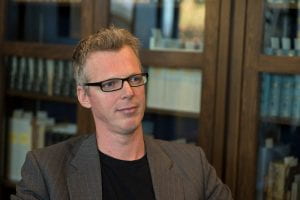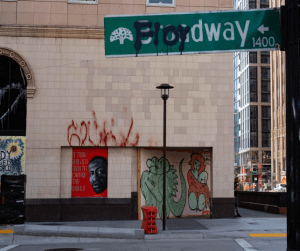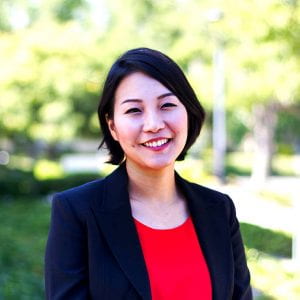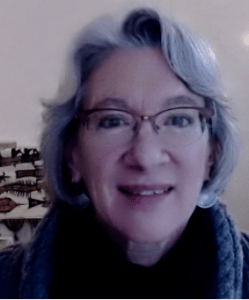As a psychology professor with a specialization in mass emotion and public sentiment, I have conducted research on anger, fear and anxiety in the contexts of terrorist attacks, cyber insecurity, and the migrant crisis. In 2018, I was aware of the rising prominence of social media in shaping public opinions and the limited utility of traditional analytic tools on large datasets from social media. I owe a debt of gratitude to a workshop at CRASE for its guidance and inspiration on one of my research projects at USF. The recently published findings shed light on the affective strategies in foreign disinformation operations.
In Twitter’s first release of data on state-sponsored disinformation campaigns, Russian and Iranian troll farms posted a majority of their tweets in fearful and negative sentiments according to our research published by the American Psychological Association. Furthermore, each additional fearful word in a tweet was found to correspond with a drop in “Likes” and retweets. Negative tweets were disengaging as compared to positive (and even neutral) ones. Since the dataset contains users’ responses from the entire Twitter space to a large number of tweets, the results have a high degree of confidence.
Twitter’s data corpus contains roughly 4,000 accounts and over 10 million tweets by Russian and Iranian operatives. The study, published in Analysis of Social Issues and Public Policy, identified a majority of the tweets as retweets and therefore focused on a subset of about 1.5 million unique English tweets that originated from the fake accounts. These unique tweets were not sent uniformly throughout the entrenched information warfare that spanned from 2010 to 2018. Rather, a third of them were concentrated in the year prior to the 2016 US election.
The results contradicted the notion that “bad news travels fast,” as well as the burgeoning research on polarization, and even some well-established emotion theories. For example, the negative bias theory would assert that negatively framed information is disproportionately influential and salient compared to positive and neutral events. As such, negative tweets have the potential to engage the audience and spread on Twitter.
However, fear is a negative emotion in a class of its own. The functionalist approach to emotions, pioneered by Darwin, purports that fear’s adaptive function is to prompt a person to freeze, hide or run away – tendencies more akin to disengagement than engagement on social media. Fearful tweets are inherently negative and as a result both emotion undercurrents have to be considered. After all, the dataset contains a lot of negative tweets with a major of them employing fearful themes. When negativity and fear work in opposite directions, the effect of fear prevailed over that of negativity in this dataset.
Much of the media’s reporting on election interference stressed the foreign operatives’ strengths but failed to acknowledge the lack of sophistication in their strategies. Russia and Iran overinvested in fear mongering and undelivered in engagement. That said, the Russian disinformation operation seemed more nuanced than Iran’s. The Russian troll farm might be aware of the unpopularity of fear and only used the strategies at the critical moment. They spent from between early 2013 and late 2014 ingratiating themselves with upbeat tweets, only to revert to fear in time for the 2016 election. Iran’s campaign adhered to fear tactics throughout their accounts’ lifespan.
The rich data trove released by Twitter in late 2018 could have left me feeling overwhelmed if it were not for a workshop on statistical computing in R, offered by CRASE in the summer of 2018. It piqued my interest in big data analytics and I decided to learn more about it by taking a class at USF during my sabbatical in 2018-2019. The rest of my sabbatical was spent on analyzing Twitter’s data corpus with the help from student assistants at USF in psychology, computer science, and business. One of my student co-authors now works on big data in a tech company in the Bay Area. Another student co-author has just completed his Master’s degree at the University of Washington in Human Centered Design and Engineering. What I gleaned from this experience is that professional development, sabbatical, research projects and student outcomes do not have to be competing forces but forces to be marshalled to build synergy and purpose.
Citation of the Article: Cheung-Blunden V., Sonar, K. U., Zhou, E. A., & Tan, C. (2021). Foreign disinformation operation’s affective engagement: Valence versus discrete emotions as drivers of tweet popularity. Analyses of Social Issues and Public Policy (ASAP). Published online July 27, 2021. https://doi.org/10.1111/asap.12262
The lead author can be reached via email vcheung@usfca.edu
 By
By  USF Associate Professor of Philosophy,
USF Associate Professor of Philosophy, 


